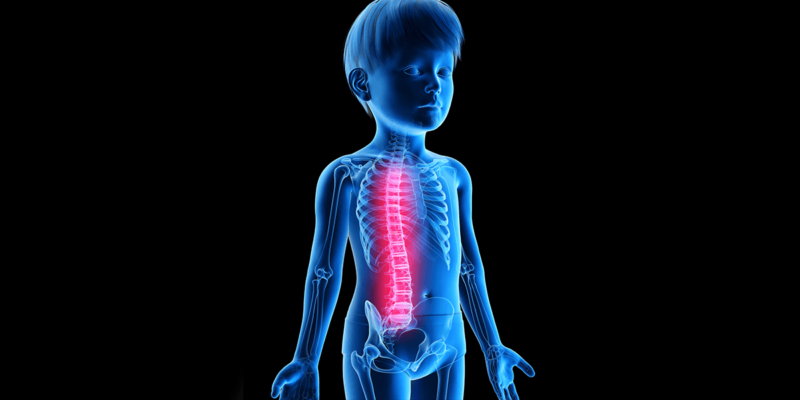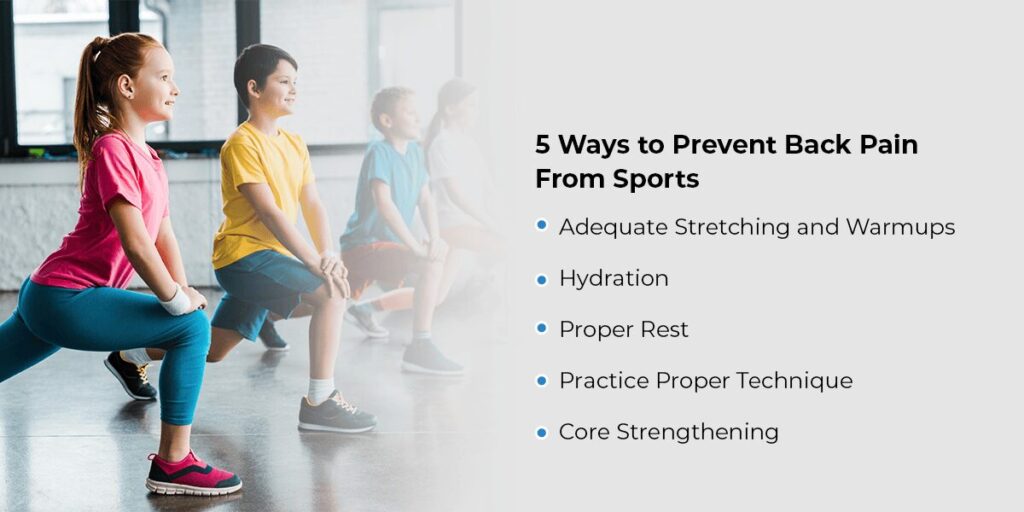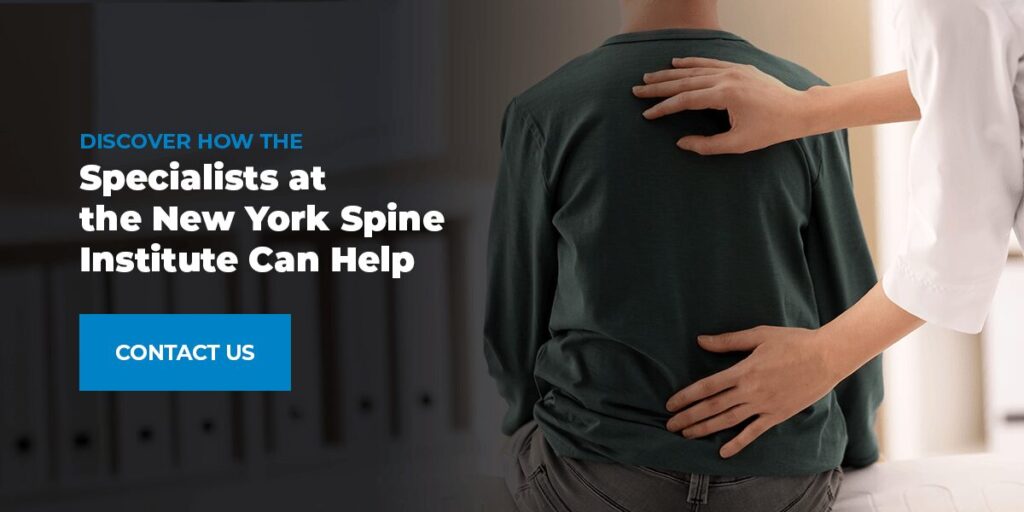

Sports teach kids about discipline, teamwork and the importance of caring for your body. When back injuries occur on the court, field or arena, it is important to monitor them closely. In some cases, the athlete will heal on their own. If the pain from an injury is constant or gets more severe as time goes on, the child likely needs to see a medical professional for guidance.
We are breaking down everything you need to know about young athletes with back pain and the treatment options to help them get back to feeling their best.
A scoliosis brace works by placing pressure on the spine in several places to prevent curvature from progressing. The device is worn around the torso, causing your child to maintain a corrective posture. By placing pressure on the outer edge of the curve, a brace can support the spine and hold it in a straight, unrotated position through your teen’s growth spurt.
Certain conditions, like scoliosis or flat back syndrome, may cause back pain during physical activity. We’re focusing on pain caused by sports-related injuries, like a collision on the field or overexertion during practice. Parents, guardians and coaches should be conscientious of how players feel after an injury, where they experience discomfort and if it impacts any other areas of their lives.
Some common sports-related injuries that could be to blame for back pain include:
Acknowledging and looking after back pain in young athletes is crucial for halting an injury before it worsens. If ignored, the pain could develop into more serious issues that impact the child or young adult’s quality of life. In some cases, a sport-related back injury that occurs during adolescence can create life-long physical challenges.

The following are five ways young athletes can prepare their bodies and combat back pain:
Competing with cold muscles is a recipe for injury. Before a competition or practice, athletes should always dedicate time to stretching and warming up their muscles. A good stretch improves blood circulation, which helps supply tired muscles with oxygen and nutrients for efficient movement. Stretching also enhances flexibility and helps the muscles safely prepare for rigorous activity.
Drinking water does more than quench your thirst — it helps lubricate and balance critical structures in your spine. The discs in the spine are mostly water and rely on hydration to create cushioning that combats spine compression. Staying hydrated is an easy way for young athletes to prevent back pain.
Another important way to prevent injuries and keep back pain at bay is getting adequate rest. An athlete’s body needs to recharge and replenish itself through relaxation and sleep. Overtraining and not allowing the body to recover fully after a hard workout or competition can be very harmful. Fatigue puts an athlete at a higher risk for injury.
Improper movement is a leading reason for back soreness and discomfort. Teaching young athletes how to train, lift weights and utilize their gear correctly is essential for combatting preventable injuries. Proper technique and biomechanics allow the body to work more efficiently and reduce overall strain.
An additional way for a young athlete to prevent back pain is by strengthening their core. Improving the health and strength of the muscles around the spine and abdomen can reduce strain on the spine itself. A strong midsection also helps keep the vertebra aligned and promotes good posture, which can help alleviate discomfort.
The following are some telltale signs that the athlete in your life needs to see a specialist for their back pain:
The right back pain remedy will depend on the athlete’s unique circumstances and injuries. However, there are typically three treatment options after a sports-related injury:
Athletes suffering from back pain may benefit from a physical therapy program. Physical therapy is an effective way to heal back injuries by strengthening the surrounding muscles and correcting bodily movements. Oftentimes, the athlete will learn new exercises and stretches to prevent injury and alleviate discomfort.
In some cases, anti-inflammatory and pain medication might help young athletes with severe injuries ease their symptoms and make the pain more manageable. Taking medication as prescribed by a doctor is essential for a healthy recovery.
For minor back pain or injuries, athletes can perform basic exercises and stretches to promote blood flow and ease tension. In some cases, alternating between hot and cold exposure can help soothe sore muscles and promote healing. Avoiding heavy lifting can also help speed up recovery.
If a young athlete in your life is dealing with serious back pain, turn to the professionals at the New York Spine Institute. We specialize in diagnosing and treating spinal conditions, including sports injuries, scoliosis and herniated discs.
Our team is here to get to the root of the issue and find effective treatment options to alleviate the pain and get your athlete back to competing.
Want to learn more about how the New York Spine Institute can help? Find a location near you and schedule an appointment online today.
